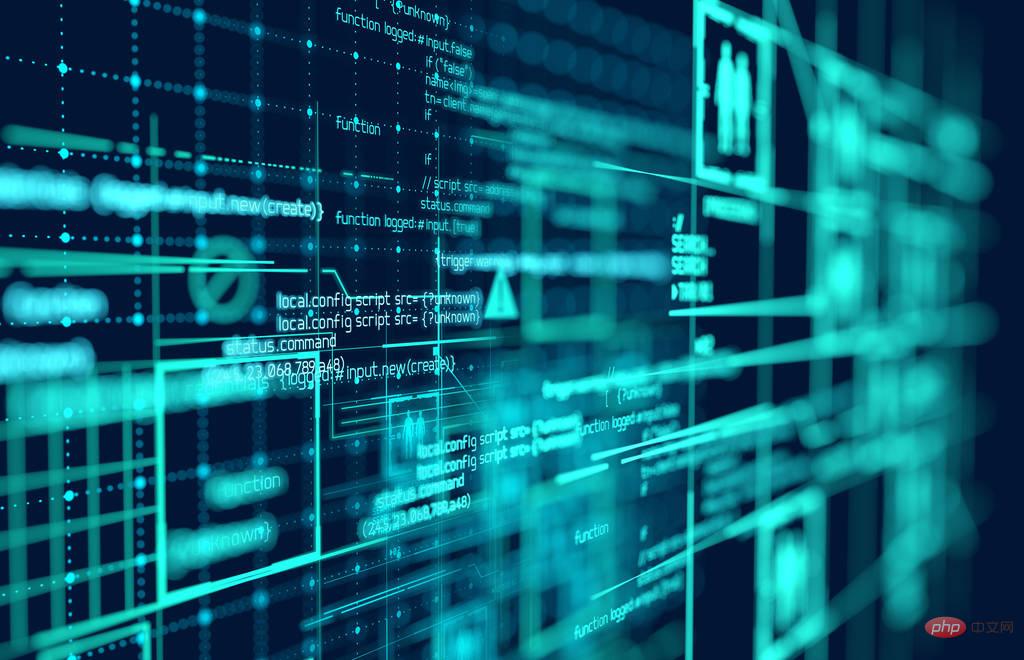

With advances in cloud infrastructure, edge computing, IoT, distributed data management platforms and machine learning capabilities, digital twins have gone from science fiction to Novels transition into more mainstream business capabilities.
Enterprises have long been able to afford the separation between OT and IT, but for manufacturers, construction, retail and others who must connect the physical and digital worlds This is no longer the case. Digital twins are one channel for achieving this connection, with operational benefits for optimizing production and improving quality. What’s more, there are strategic benefits when machine learning on real-world data is used to improve products, services, and business processes.
Here are the 7 steps before developing a digital twin:
1. Research Successful Deployments
Before brainstorming and diving into any new technology area, it’s recommended to research the enterprise, use cases, and early adopter benefits. For digital twins, there are many examples in manufacturing, construction, healthcare and other fields, including the human brain itself.
Leaders in any emerging technology space are looking for stories to inspire adoption. Some should be art that is inspiring and helps illustrate what is possible; others must be pragmatic and demonstrate business results to attract supporters. If a company's direct competitors have successfully deployed digital twins, highlighting their use cases will often create a sense of urgency.
#2. Identify game-changing opportunities
Building digital twins is expensive . For example, one group estimated that developing a digital twin for a commercial office building would cost between $1.2 million and $1.7 million. Therefore, before developing a digital twin, the team should document the product vision, consider the business rationale, and estimate financial benefits.
Sometimes game-changing goals drive investment. One example: In 2020, TCS partnered with a local NGO to address the emerging COVID-19 hotspot. Enterprise digital twins simulate processes and situations to simulate the factors that influence transmission—viral characteristics, population heterogeneity, and mobility patterns. The city’s digital twin is a ‘computer experiment’ designed to explore effective interventions without compromising public health and safety.
3. Consider life cycle management
Developing a digital twin requires time and expense. Ongoing support costs are also required to ensure the model delivers accurate results. Three principles to embrace before trying a digital twin:
In fact, the main suggestion is to consider the elements of the entire life cycle in advance, especially the functions that support the automated deployment of machine learning models and instruments.
4. Utilize system design tools
After designing the business case and life cycle, what tools should the team consider using to start its plans and experiments?
The following are some examples of system design tools used in the professional world:
These are just a few examples, but for technologists working on digital twins it is important to be familiar with the industrial platforms used by operations teams.
5. Define User Roles and Opportunities
Whenever a technical staff begins a technology initiative, it is critical to identify the end user and end platform usage roles. IT leaders should define who benefits most from digital twins. Typically, the primary beneficiaries are those working in operations.
The main function of digital twins is to merge OT/IT data and put these data sets into context through data analysis or AI/ML when needed. But its real power lies in enabling OT such as engineers, maintenance personnel, and other technical staff to retrieve data points because they fully understand them.
Understanding the user persona is the first step, the next step is to determine which parts of their workflow and operations can benefit from the data collection, machine learning prediction and scenario planning capabilities of digital twins.
6. Build a scalable data platform
The number of data generated by digital twins is petabytes or even more, which must be protected, analyzed and used to maintain machine learning Model. A key architectural consideration is designing the data models and processes for collecting real-time IoT data streams, as well as the data management architecture for the digital twin.
Many data management platforms support real-time analytics and large-scale machine learning models. However, a digital twin used to simulate the behavior of thousands or more entities, such as manufacturing components or smart buildings, will require a data model capable of querying the entities and their relationships.
7. Build cloud computing and emerging technology competitiveness
Install digital twin platforms, integrate data from thousands of IoT sensors, and build scalable data Platforms all require IT to have core competitiveness in large-scale deployment of technology infrastructure. As IT teams consider use cases and experiment with digital twin platform capabilities, IT leaders must consider the cloud, infrastructure, integrations, and devices needed to support production-ready digital twins.
In addition to infrastructure, capabilities should be developed to support emerging devices and leverage analytics. Digital twin success starts with a strong digital core, supported by cloud-native applications such as AI/ML and AR/VR, and helps organizations process data and applications without thinking about infrastructure.
Summary
Digital twins have huge potential, but until now, their scale and complexity have been out of reach for many businesses without advanced technology capabilities. and. Fortunately, this is no longer the case, and IT leaders who learn and collaborate with operations have the opportunity to bring digital twin capabilities to their organizations.
The above is the detailed content of Seven steps before developing a digital twin. For more information, please follow other related articles on the PHP Chinese website!




